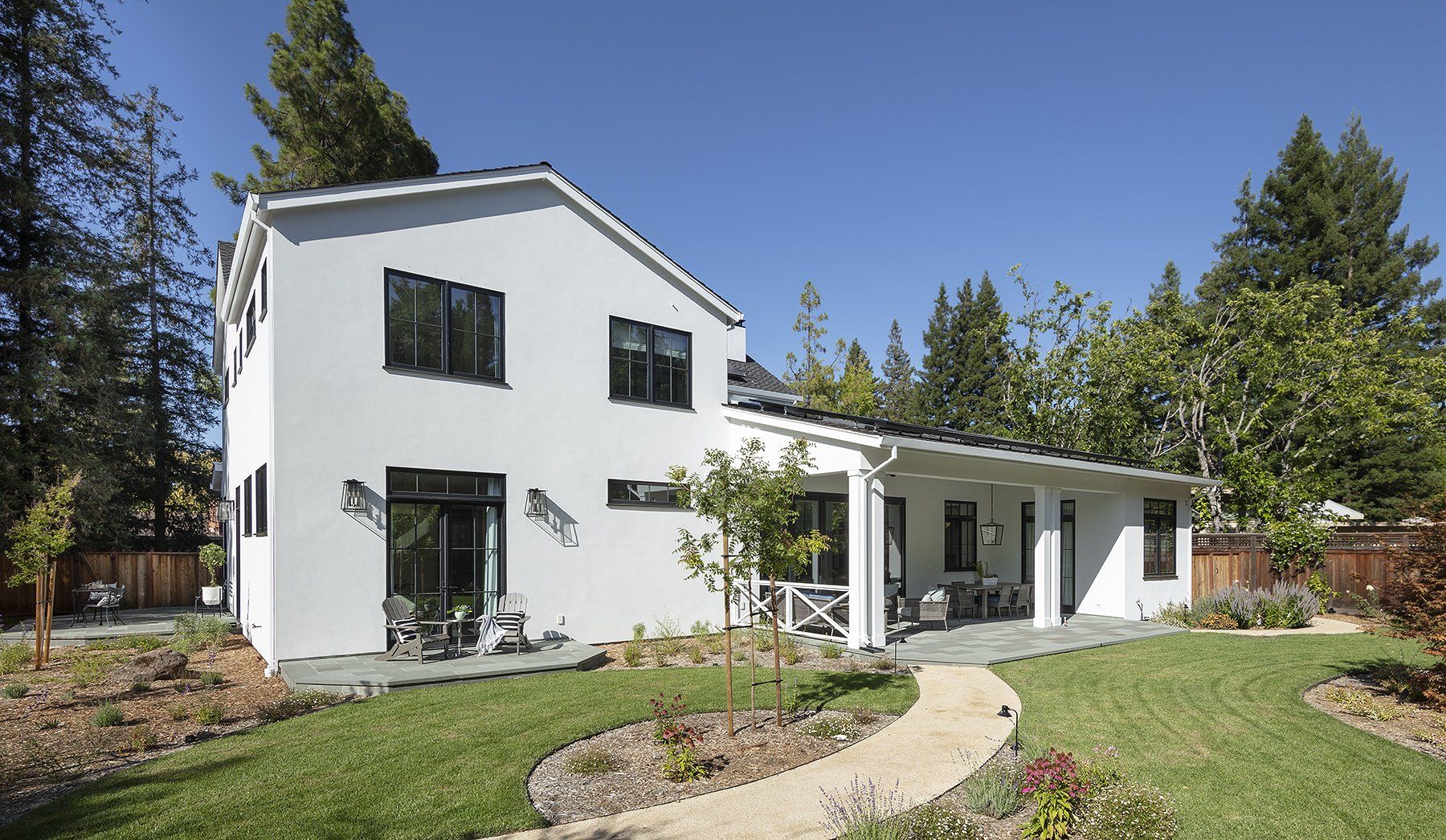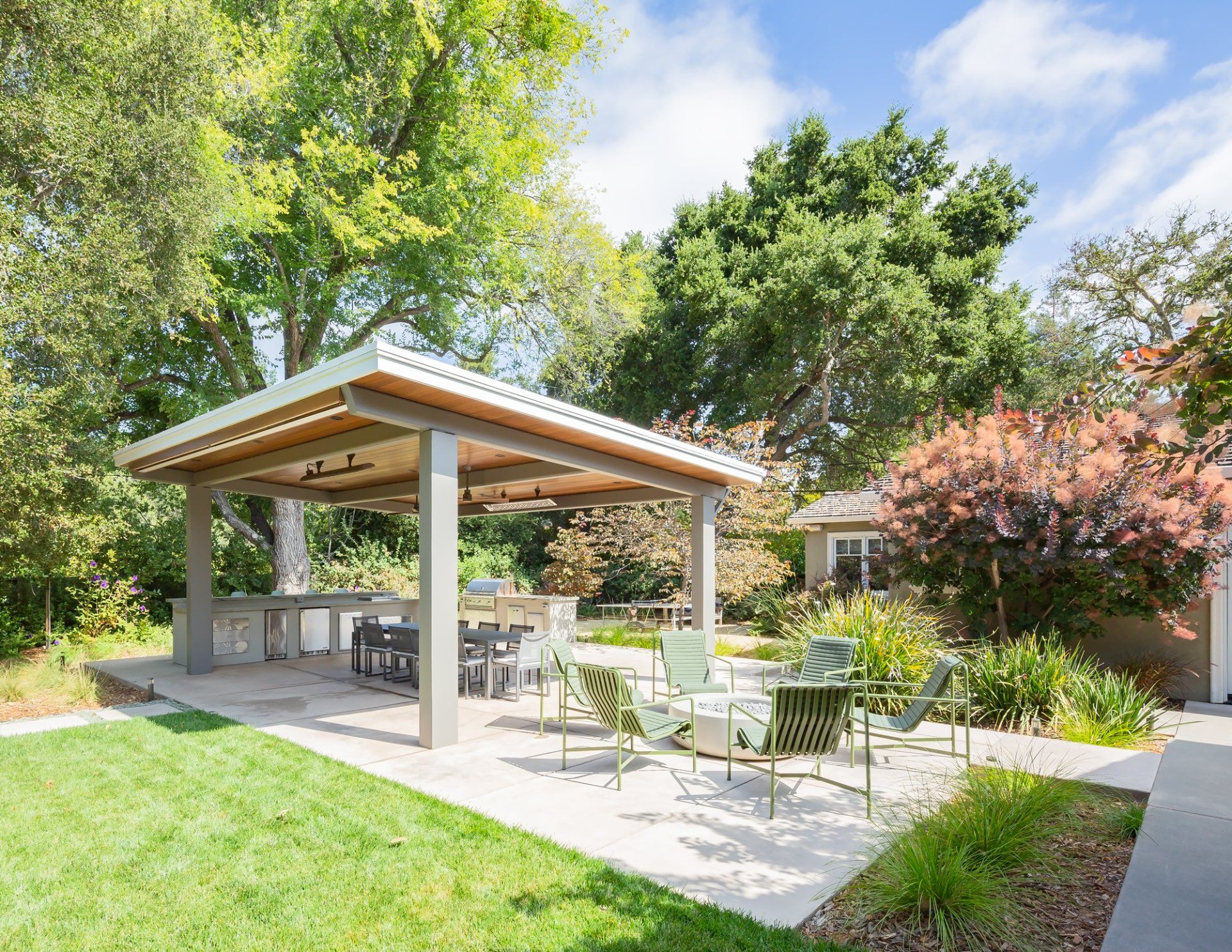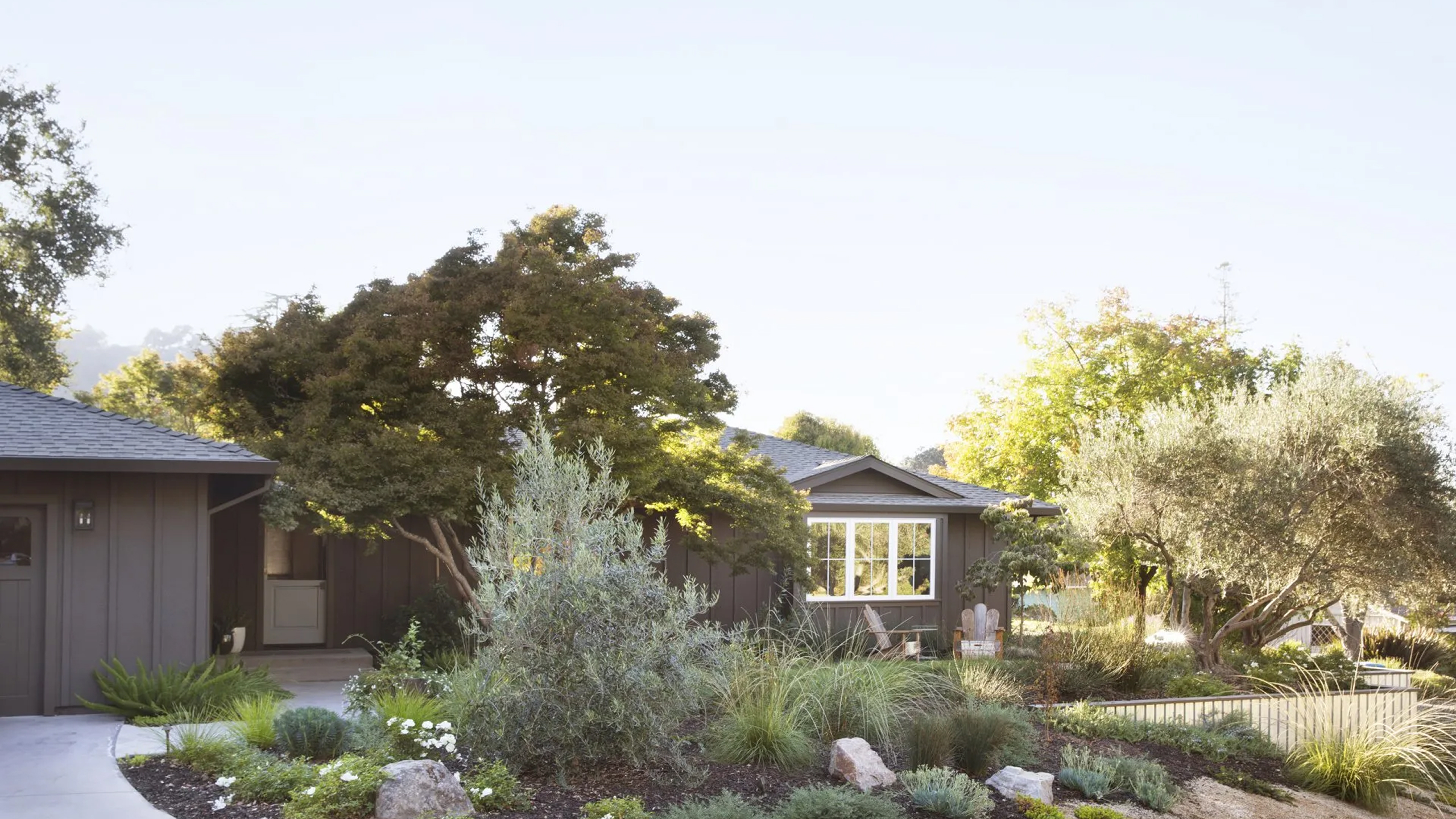Water Efficient Landscape Ordinance (W.E.L.O.)
Residential landscapes are a significant contributor to the city's overall water consumption. In efforts to balance a household's high water usage needs with low water use requirements, the Water Efficient Landscape Ordinance (W.E.L.O.) was put into effect. W.E.L.O. is a statewide water conservation law that sets minimum water efficiency requirements for new and renovated landscapes. W.E.L.O. prompts households to adopt water-conscious landscape solutions. We will discuss three major aspects of water wise landscaping: efficient watering systems, irrigation sensor shut-offs, and proper plant selection.

High-Efficiency Watering Systems
Switch to drip irrigation. Drip irrigation is the most efficient watering system because it delivers water directly to the plant's root zone.
For lawn areas, rotary sprinkler heads are far more efficient than fixed spray heads. Fixed spray heads spray water in a single direction at a rate quicker than the soil can absorb. High-efficiency rotary heads deliver multiple rotating streams of larger water droplets at a slower rate (heavier droplets fall to the ground rather than blow away in the wind).
Irrigation Sensor Shut-offs
Consider installing high-efficiency irrigation sensors. Popular options include weather-based controllers, soil moisture-based controllers, and rain sensors. Irrigation sensors help by temporarily shutting off watering during unnecessary times/unfavorable conditions, which is especially useful if you are away from home.

Proper Plant Selection
Hardy plants like succulents or any low water plants native to California are great for water wise landscaping. If you're looking for a more water-conscious alternative to traditional grass, we suggest using ornamental grasses such as Lomandra and Deer Grass. Choosing climate-appropriate plants that require less water will cut down on watering, especially during the summer months.
Additional Tips for Water Wise Landscapes
Here are some additional strategies to create a more water-efficient landscape:
- Use mulch or composite to reduce evaporation and trap moisture into the soil.
- Hydro-zone (group plants together based on their water needs)
- Eliminate or minimize lawn areas and replace them with ground coverings (Beach Strawberry, Creeping Thyme, Silver Carpet, etc.) or something a little more fun like a sand-based bocce court!
- Consider designing onsite rainwater collection, recycled water, and/or gray water use.
Advantages and Disadvantages
One of the disadvantages of water wise landscapes is that you lose that traditional lawn look and use. You now have a landscape designed more for aesthetics rather than functionality.
Apart from aesthetics, there's really no other reason to not go with a water wise landscape, something we would describe as a "win-win." It not only helps to conserve our limited water resources, but it also improves soil and plant health, minimizes irrigation runoff and waterway pollution, reduces green waste, and overall reduces our carbon footprint.






